General description
Histone deacetylase 3 (HDAC3) is an epigenetic modifier and is expressed in various tissues. It belongs to the class I subfamily of histone deacetylases. The HDAC3 gene is mapped on to human chromosome 5q31.3.
Specificity
Anti-Histone Deacetylase 3 specifically recognises histone deacetylase 3 by immunoblotting and immunoprecipitation (50 kDa). An additional band of lower molecular weight may be detected in some cell line extracts by immunoblotting. Staining of HDAC3 by immunoblotting is specifically inhibited with the immunizing peptide. The product is also useful for the detection of HDAC3 by immunohistochemistry. The epitope(s) recognized by the antibody is resistant to routine formalin-fixation and paraffin-embedding. The antibody reacts with HDAC3 of human, rat, and mouse origin.
Immunogen
synthetic peptide corresponding to amino acids 411-428 of human and chicken HDAC3.
Application
Anti-Histone Deacetylase 3 (HDAC3) antibody produced in rabbit has been used in:
- immunohistochemistry
- western blotting
- immunoprecipitation
Biochem/physiol Actions
Histone acetylation is a dynamic process whose levels are determined by the net activities of HATs and the competing enzymes histone deacetylases (HDACs). Both activities are associated with the nuclear matrix. Six or seven different mammalian HDACs have been described. HDAC1, HDAC2 and HDAC3 are similar to yeast Rpd3 protein, while HDAC4, HDAC5 and HDAC6 are similar to yeast Hda1 protein. Histone deacetylases activities were often, but not always, associated with transcriptional repression and nucleosomal condensations. HDAC1, HDAC2 and several other HDACs are the catalytic subunits of different multiprotein regulatory complexes.
Histone deacetylase 3 (HDAC3) acts as a transcriptional modulator of inflammatory genes. It deacetylates lysine residues of histones. HDAC3 associates with nuclear receptor co-repressor (NCoR) or silencing mediator of retinoic and thyroid receptors (SMRTs) and activates the complex. This protein participates in interleukin-1 expression and inflammatory responses.
Physical form
Solution in 0.01 M phosphate bufffered saline, pH 7.4, containing 15 mM sodium azide.
Disclaimer
Unless otherwise stated in our catalog or other company documentation accompanying the product(s), our products are intended for research use only and are not to be used for any other purpose, which includes but is not limited to, unauthorized commercial uses, in vitro diagnostic uses, ex vivo or in vivo therapeutic uses or any type of consumption or application to humans or animals.
Shipping Information:
Dry Ice Surcharge & Ice Pack Shipments: $40
More Information: https://cenmed.com/shipping-returns
- UPC:
- 41181878
- Condition:
- New
- Availability:
- 3-5 Days
- Weight:
- 1.00 Ounces
- HazmatClass:
- No
- MPN:
- H3034-.2ML
- Temperature Control Device:
- Yes












